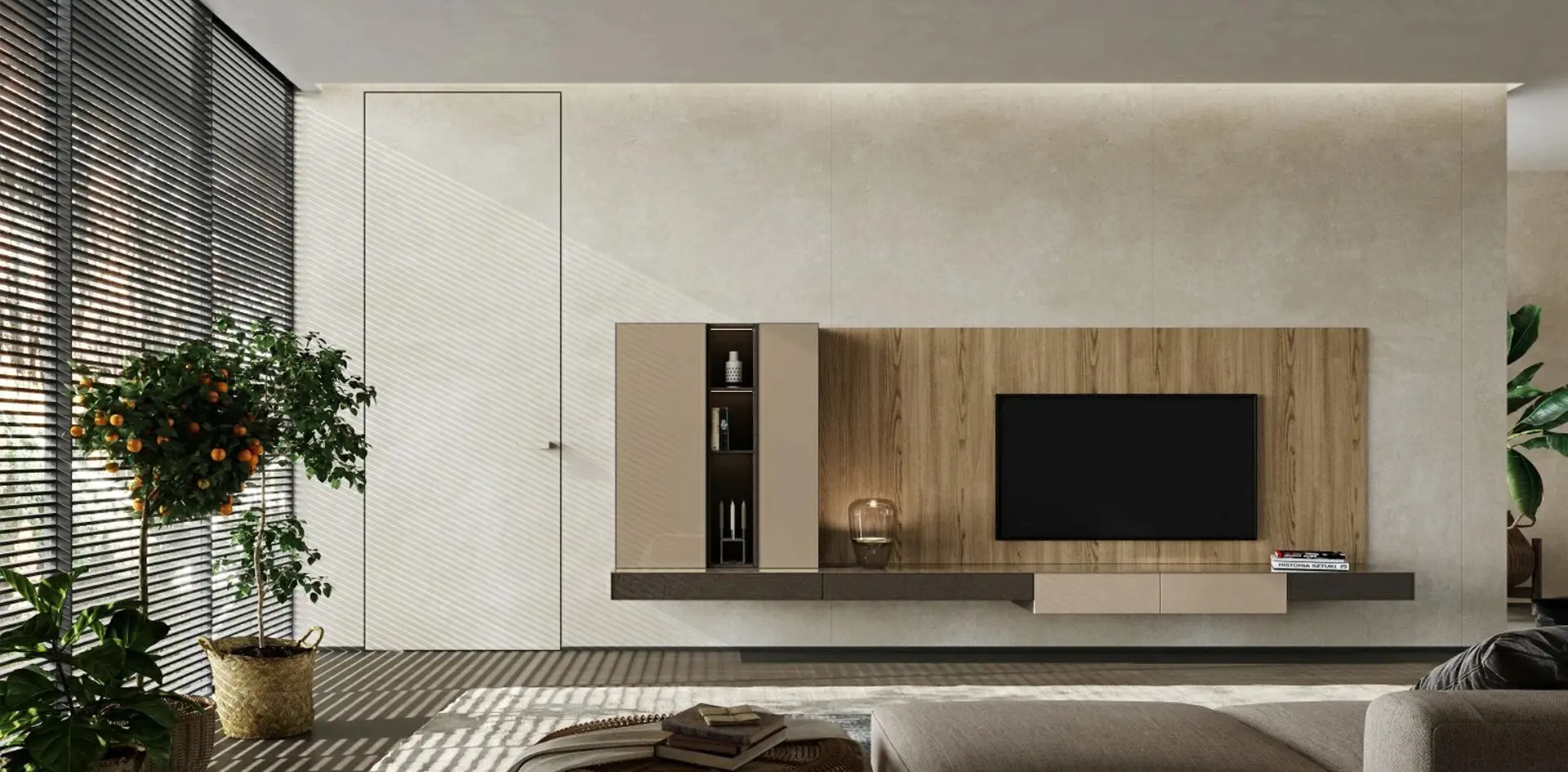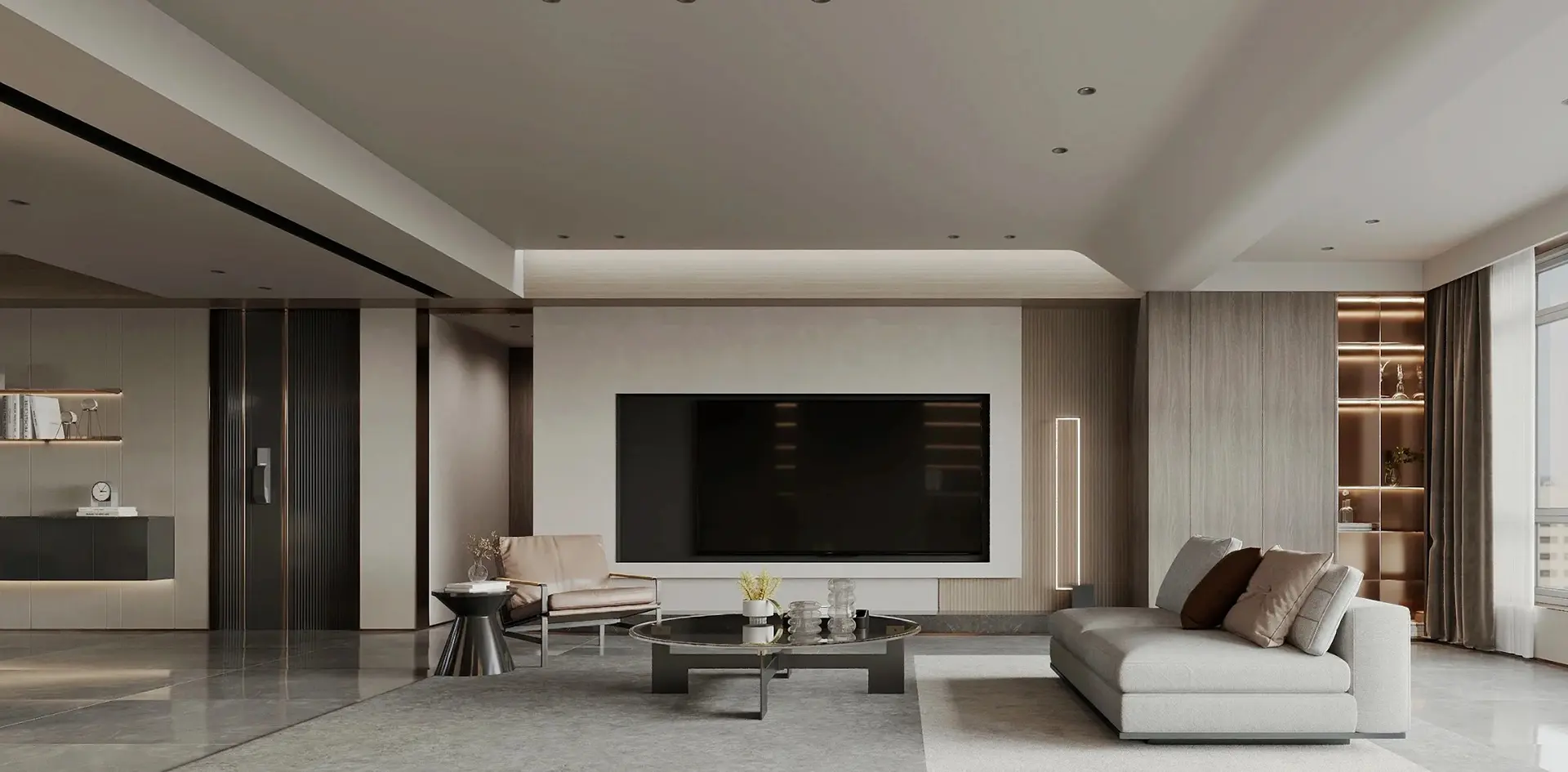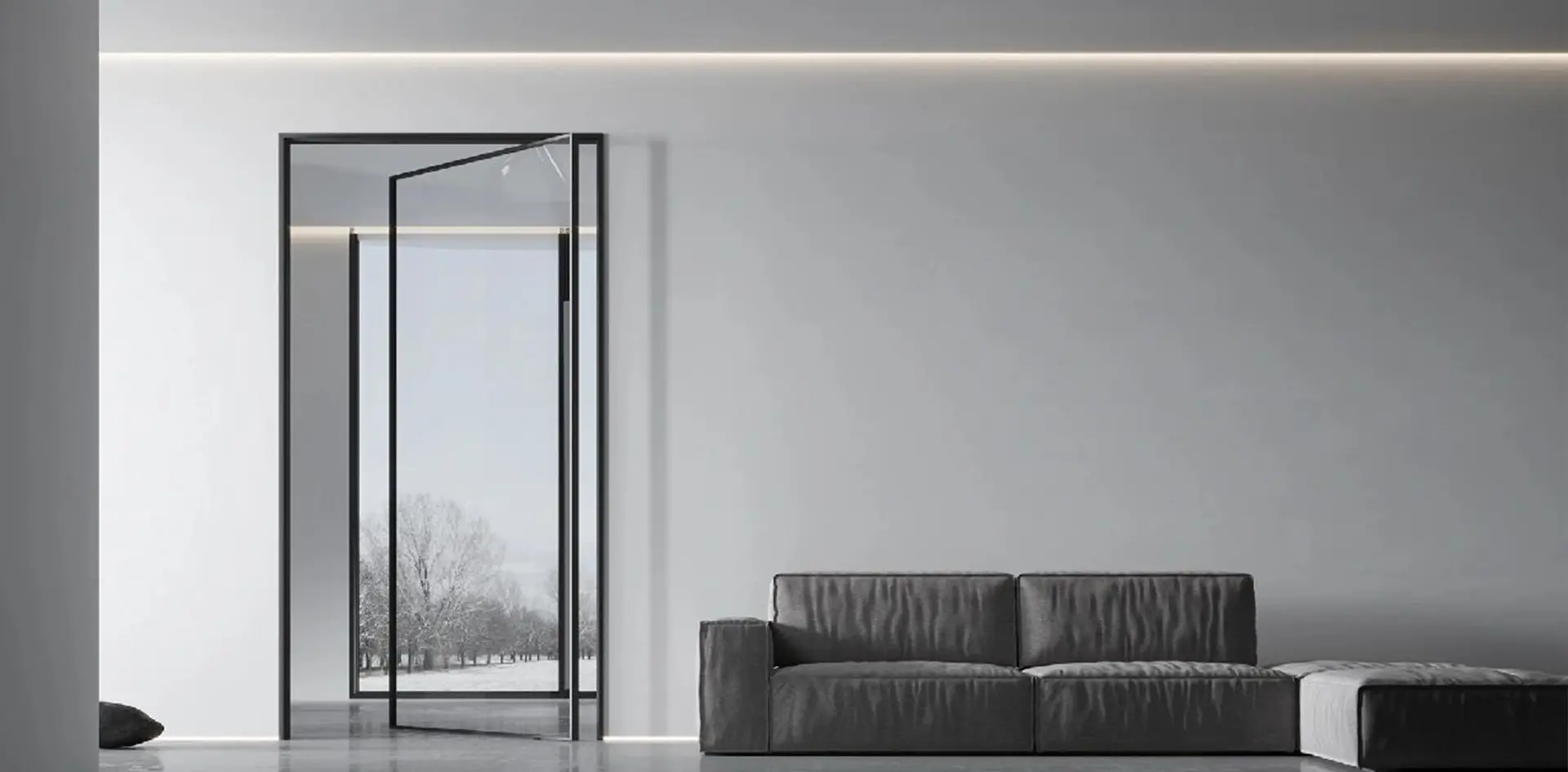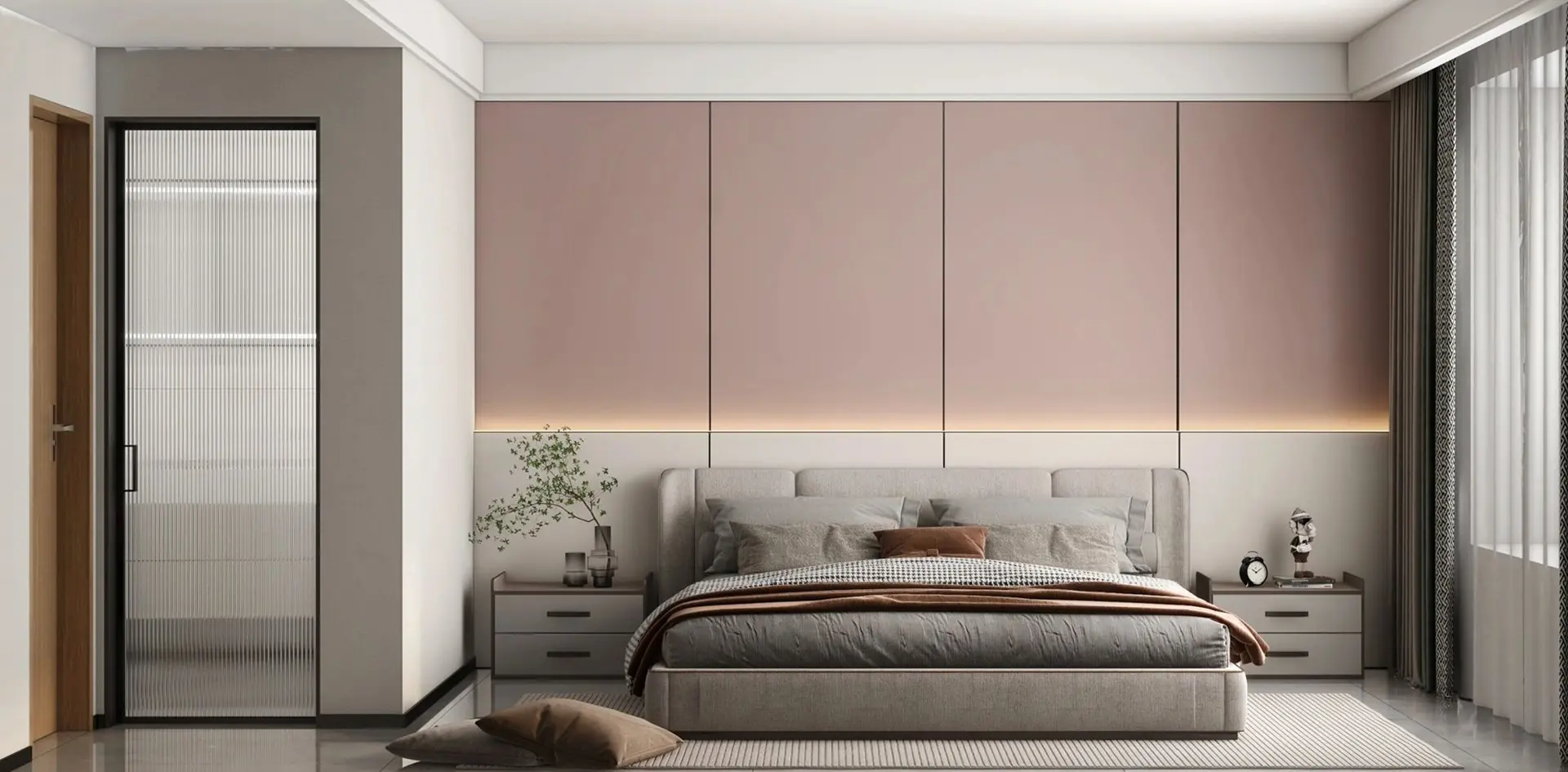
Addressing Common Issues with Best Lockable Sliding Doors: Insights and Industry Data
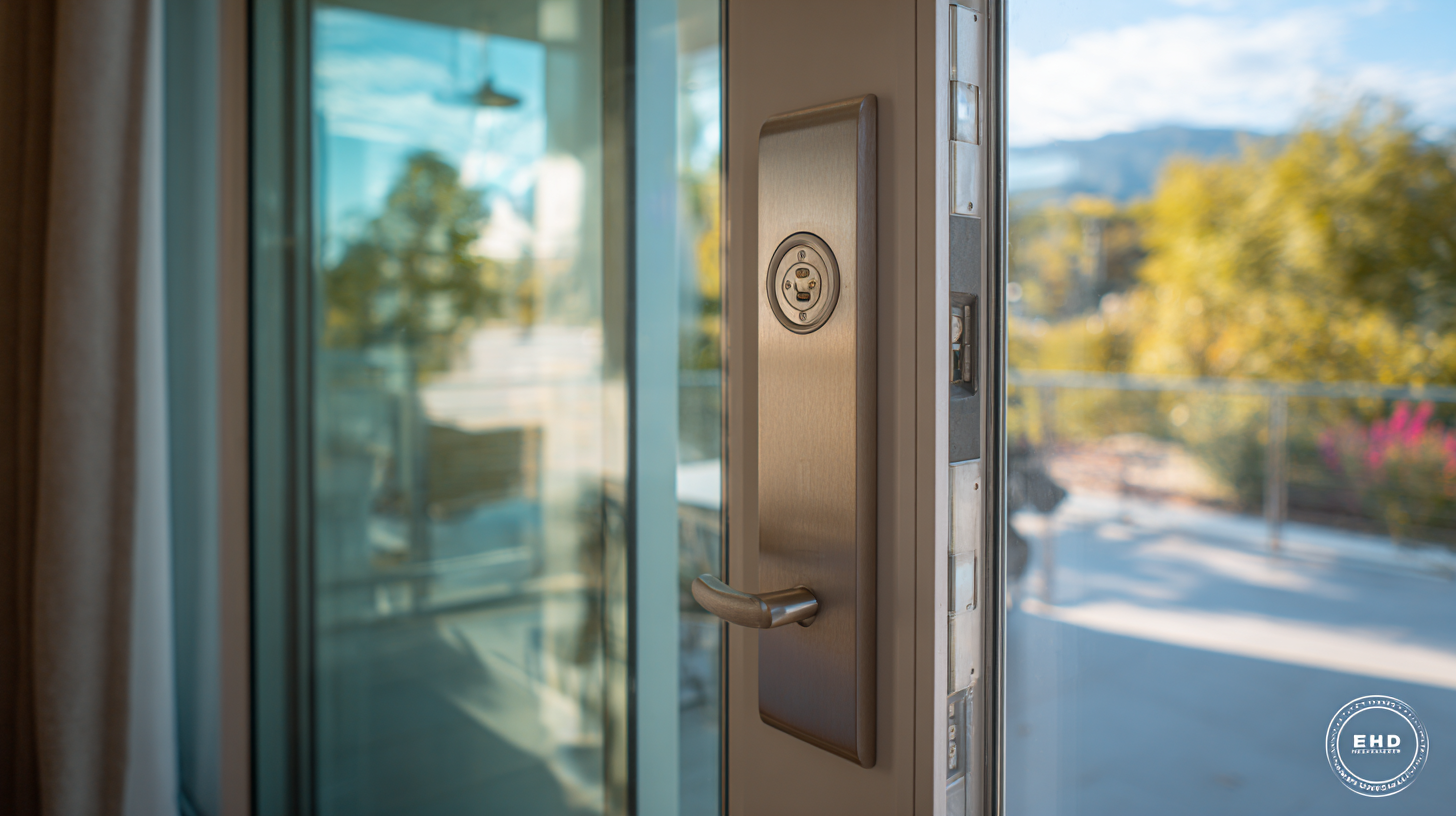 Lockable sliding doors have become an increasingly popular choice for both residential and commercial spaces due to their blend of functionality and aesthetic appeal. According to a report by the Door & Access Systems Manufacturers Association, the global sliding door market is projected to grow at a compound annual growth rate (CAGR) of 4.6% from 2020 to 2027, highlighting a rising consumer preference for enhanced security features and space-saving designs.
Lockable sliding doors have become an increasingly popular choice for both residential and commercial spaces due to their blend of functionality and aesthetic appeal. According to a report by the Door & Access Systems Manufacturers Association, the global sliding door market is projected to grow at a compound annual growth rate (CAGR) of 4.6% from 2020 to 2027, highlighting a rising consumer preference for enhanced security features and space-saving designs.
However, despite their advantages, many users encounter common issues related to durability, installation, and locking mechanisms. This blog aims to address these challenges by providing valuable insights and industry data, ensuring that homeowners and businesses can make informed decisions when selecting the best lockable sliding doors for their needs. By understanding the potential pitfalls, consumers can avoid costly mistakes and enjoy the full benefits of their investment.
The Growing Demand for Lockable Sliding Doors in Residential and Commercial Markets
The demand for lockable sliding doors is on the rise in both residential and commercial markets, driven by an increasing emphasis on security and convenience. As households and businesses alike seek to enhance their entryway solutions, these doors present a compelling option. Industry statistics indicate that the global gate openers market is poised for significant growth, expanding from $2.77 billion in 2024 to $4.12 billion by 2032, highlighting a shift towards more secure and automated entry systems.
In the UK, the doors market is expected to follow suit, with a valuation of $4.8 billion in 2024 projected to grow to $6.4 billion by 2034. Similarly, the European doors market, valued at approximately $33.85 billion in 2023, is forecasted to maintain a steady growth trajectory. This rising trend is not only attributed to consumer preferences for modern aesthetics but also to the integration of smart technologies in door solutions. With security being a top priority, the innovative designs of lockable sliding doors are quickly becoming a staple in today's construction and renovation projects.
Addressing Common Issues with Best Lockable Sliding Doors: Insights and Industry Data
| Dimension | Residential Market (%) | Commercial Market (%) | Average Cost (USD) | Growth Rate (2023-2025) (%) |
|---|---|---|---|---|
| Market Demand Increase | 45 | 55 | 800 | 7 |
| Consumer Preference for Security | 60 | 40 | 950 | 5 |
| Key Features Desired | 70 | 30 | 700 | 6 |
| Installation Complexity | 55 | 45 | 600 | 4 |
| Warranty Preferences | 80 | 20 | 750 | 8 |
Key Features of Lockable Sliding Doors: Security and Aesthetics Combined
When it comes to selecting lockable sliding doors, the balance between security and aesthetics is paramount. According to a recent report by the Securities Industry Association (SIA), over 70% of homeowners prioritize enhanced security features when choosing entry solutions. Lockable sliding doors, equipped with advanced locking mechanisms, not only deter unauthorized access but also contribute to a sleek and modern look. Many contemporary designs incorporate multi-point locking systems, which have been shown to increase door resistance against forced entry by up to 50%.
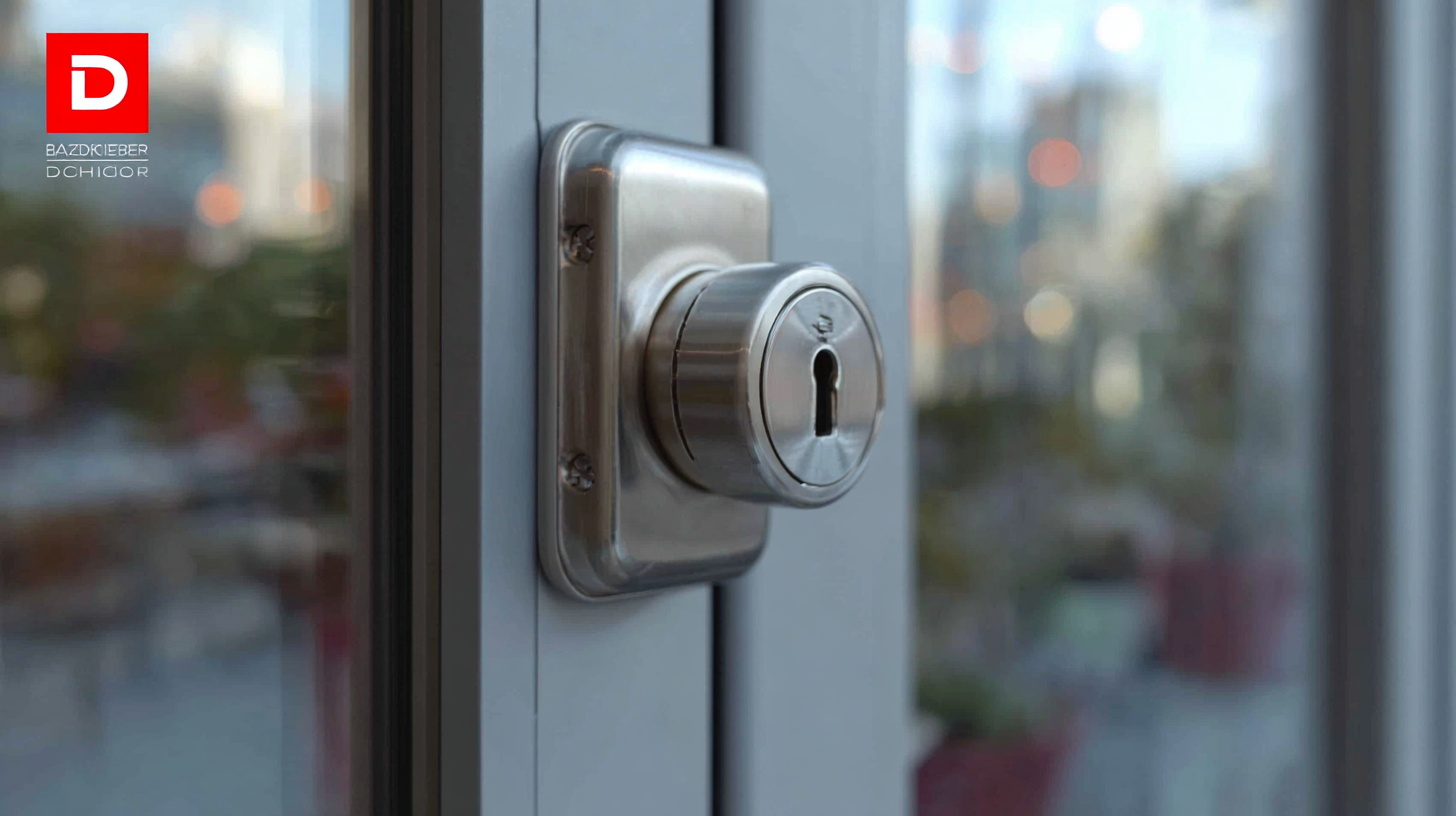
Aside from security, aesthetics play a crucial role in consumer decisions. A survey by the American Institute of Architects (AIA) reveals that 65% of architects now consider a building's visual appeal as essential for increasing property value. Lockable sliding doors offer a variety of styles and finishes that complement diverse architectural genres, making them an attractive choice for both residential and commercial spaces. With energy-efficient glass options available, these doors enhance natural light while providing a stylish transition between indoor and outdoor spaces, thus adding functional beauty to any setting.
Industry Insights: How Chinese Manufacturing is Leading the Sliding Door Market
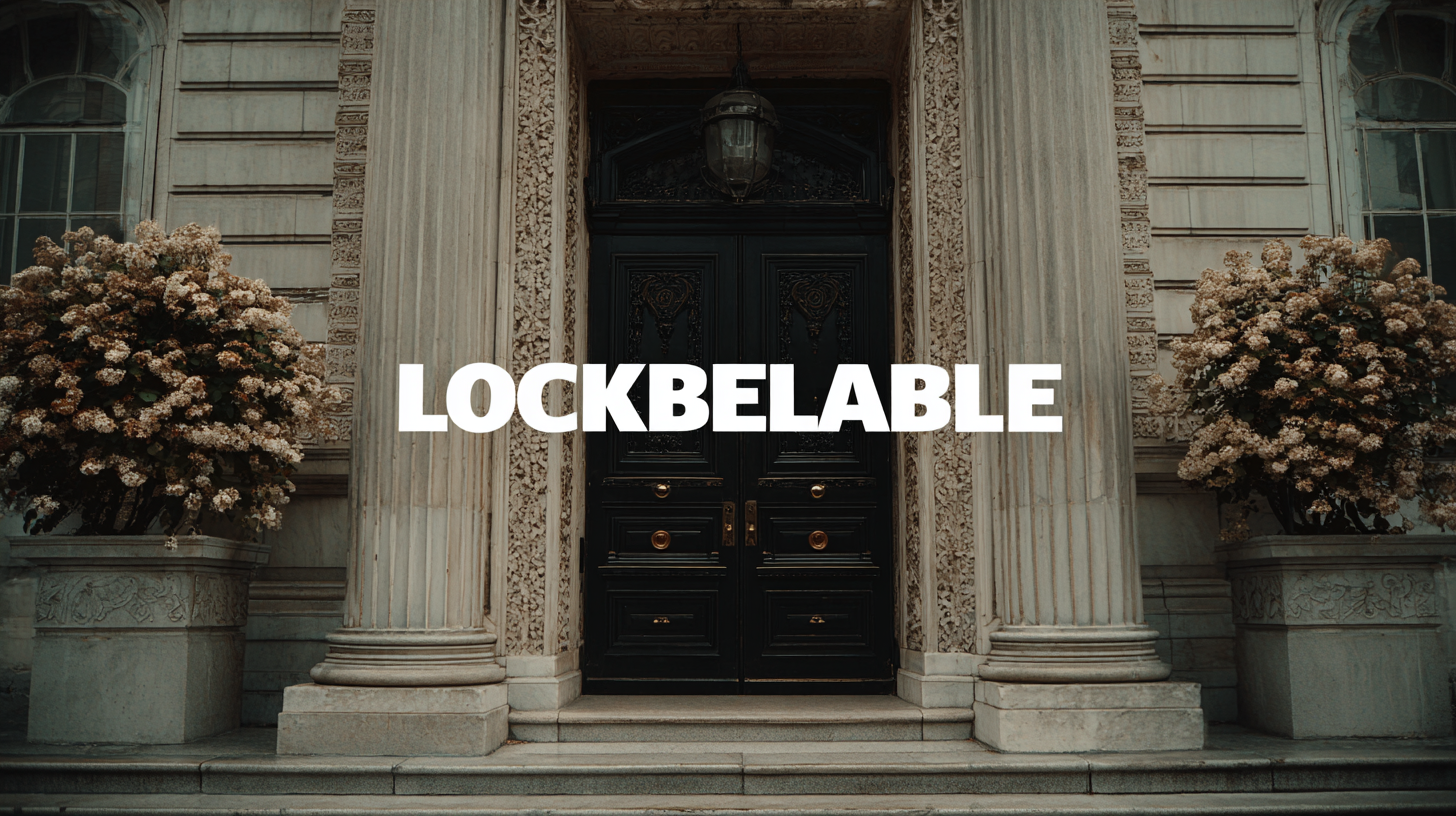 Chinese manufacturing has established itself as a global leader in the sliding door market, largely due to its advanced production capabilities and cost-effective processes. According to a report by Research and Markets, the global sliding door market is expected to reach $15.7 billion by 2025, with China accounting for over 40% of that growth. This dominance is driven by the country's robust supply chains, innovative technologies, and a skilled workforce, which enable manufacturers to produce high-quality lockable sliding doors at competitive prices.
Chinese manufacturing has established itself as a global leader in the sliding door market, largely due to its advanced production capabilities and cost-effective processes. According to a report by Research and Markets, the global sliding door market is expected to reach $15.7 billion by 2025, with China accounting for over 40% of that growth. This dominance is driven by the country's robust supply chains, innovative technologies, and a skilled workforce, which enable manufacturers to produce high-quality lockable sliding doors at competitive prices.
Furthermore, industry data indicates that the demand for environmentally friendly and energy-efficient sliding doors is on the rise. A survey by Grand View Research reveals that nearly 60% of consumers prioritize energy efficiency when selecting sliding doors, prompting Chinese manufacturers to invest in sustainable materials and technology. As a result, companies are developing sliding doors with superior insulation properties and advanced locking mechanisms, catering to the evolving preferences of consumers while maintaining affordability. This commitment to innovation and sustainability positions Chinese manufacturers to shape the future of the sliding door market effectively.
Data-Driven Analysis: User Satisfaction and the Longevity of Lockable Sliding Doors
Lockable sliding doors have increasingly become a popular choice for both residential and commercial properties, primarily due to their blend of security, aesthetics, and functionality. According to a report from the Home Improvement Research Institute, nearly 60% of homeowners prioritize security features when selecting doors, with lockable sliding doors scoring high on user satisfaction. In fact, surveys show that 75% of users express confidence in the security of these designs, citing advanced locking mechanisms as a significant factor in their choice.
Additionally, the longevity of lockable sliding doors is a critical aspect that impacts user satisfaction. Data from the Door and Window Manufacturers Association reveals that high-quality lockable sliding doors can last over 20 years with proper maintenance, outperforming traditional doors which typically show wear within 10-15 years. This durability not only provides peace of mind regarding security but also contributes to overall value, as homeowners report lower replacement costs and fewer repairs over time. With user feedback indicating an 80% satisfaction rate concerning maintenance ease, it's clear that investing in lockable sliding doors can enhance both security and long-term usability in various settings.
Challenges Faced by Manufacturers and Solutions for Improved Product Quality
The challenges faced by manufacturers of lockable sliding doors mirror broader issues in the manufacturing sector, including labor shortages and supply chain disruptions. According to a recent outlook on the aerospace and defense industry, manufacturers are struggling with a significant labor gap, necessitating a renewed focus on workforce development. This issue is compounded by technological advancements that, while promising automation efficiencies, raise concerns about job displacement and require a strategic approach to integrating human talent and robotic systems.
Moreover, product quality remains an acute challenge. In various manufacturing sectors, including those producing lockable sliding doors, maintaining stringent quality standards is vital. Data suggests that implementing quality by design principles can enhance product quality and consistency. For instance, the adoption of generative AI technologies has been noted to potentially unlock trillions in economic value, emphasizing the importance of innovative solutions to elevate product performance and manufacturing reliability. Addressing these challenges with data-driven strategies and advanced technologies will be essential for manufacturers aiming to deliver superior-quality sliding doors in a competitive market.
